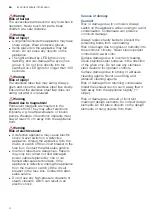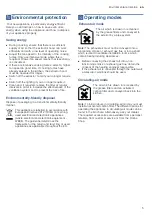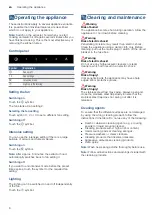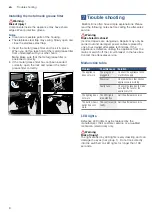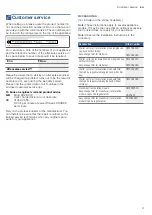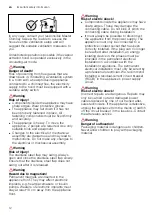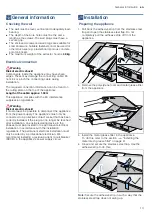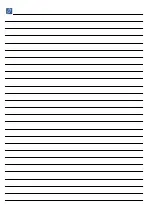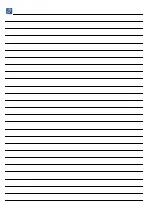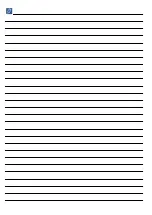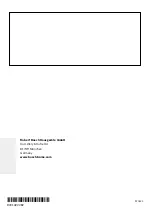
Important safety information
en
11
(
Important safety
information
Important safety information
Read these instructions carefully. Only then
will you be able to operate your appliance
safely and correctly. Retain the instruction
manual and installation instructions for future
use or for subsequent owners.
Check the appliance for damage after
unpacking it. Do not connect the appliance if it
has been damaged in transport.
The appliance can only be used safely if it is
correctly installed according to the safety
instructions. The installer is responsible for
ensuring that the appliance works perfectly at
its installation location.
The surfaces of the appliance are easily
damaged. Avoid damaging them during
installation.
The width of the extractor hood must
correspond at least with the width of the hob.
For the installation, observe the currently valid
building regulations and the regulations of the
local electricity and gas suppliers.
:
Warning
Risk of fire!
■
Fatty deposits in the grease filter may catch
fire. The specified safety clearances must
be complied with in order to prevent a build-
up of heat. Refer to the information
provided for your cooker. If gas and electric
hobs are being operated together, the
largest specified clearance applies.
Risk of fire!
■
Grease deposits in the grease filter may
catch fire. Never work with naked flames
close to the appliance (e.g. flambéing). Do
not install the appliance near a heat-
producing appliance for solid fuel (e.g.
wood or coal) unless a closed, non-
removable cover is available. There must
be no flying sparks.
When conveying the exhaust air, official and
legal regulations (e.g. state building
regulations) must be followed.
:
Warning
Risk of death!
Risk of poisoning from flue gases that are
drawn back in. The exhaust air must not be
conveyed into a functioning smoke or exhaust
gas flue or into a shaft which is used to
ventilate installation rooms that contain
heating appliances. If the exhaust air is to be
conveyed into a non-functioning smoke or
exhaust gas flue, you must obtain the consent
of the heating engineer responsible.
:
Warning
Danger of death!
Risk of poisoning from flue gases that are
drawn back in.
Always ensure adequate fresh air in the room
if the appliance is being operated in exhaust
air mode at the same time as room air-
dependent heat-producing appliance is being
operated.
Room air-dependent heat-producing
appliances (e.g. gas, oil, wood or coal-
operated heaters, continuous flow heaters or
water heaters) obtain combustion air from the
room in which they are installed and discharge
the exhaust gases into the open air through an
exhaust gas system (e.g. a chimney).
In combination with an activated vapour
extractor hood, room air is extracted from the
kitchen and neighbouring rooms - a partial
vacuum is produced if not enough fresh air is
supplied. Toxic gases from the chimney or the
extraction shaft are sucked back into the living
space.
■
Adequate incoming air must therefore
always be ensured.
■
An incoming/exhaust air wall box alone will
not ensure compliance with the limit.
Safe operation is possible only when the
partial vacuum in the place where the heat-
producing appliance is installed does not
exceed 4 Pa (0.04 mbar). This can be
achieved when the air needed for combustion
is able to enter through openings that cannot
be sealed, for example in doors, windows,
incoming/exhaust air wall boxes or by other
technical means.
Summary of Contents for DWK67BM60B
Page 1: ...en Instructions for installation and use Extractor hood ...
Page 17: ...6 ...
Page 18: ...6 ...
Page 19: ...6 ...




